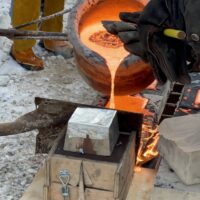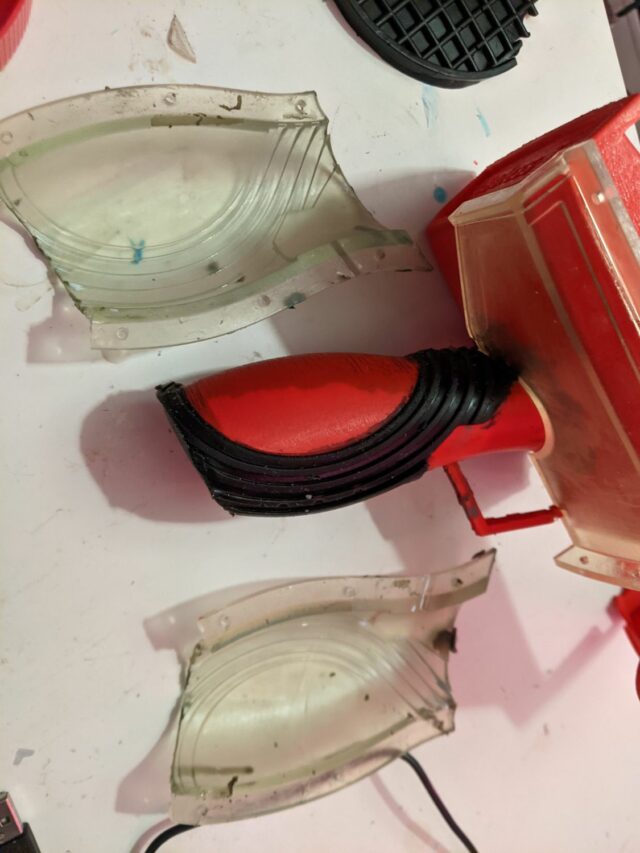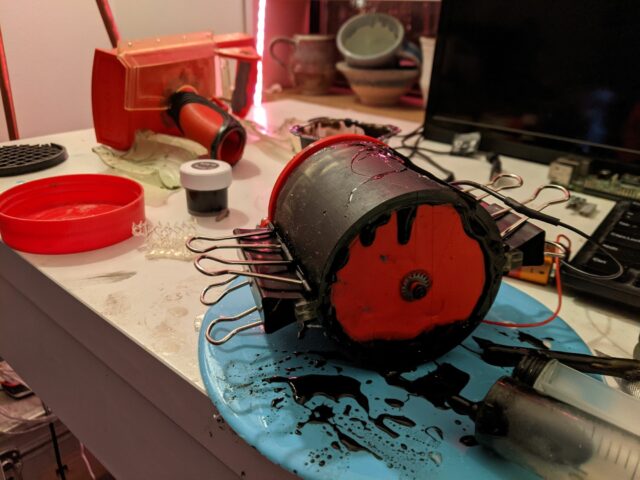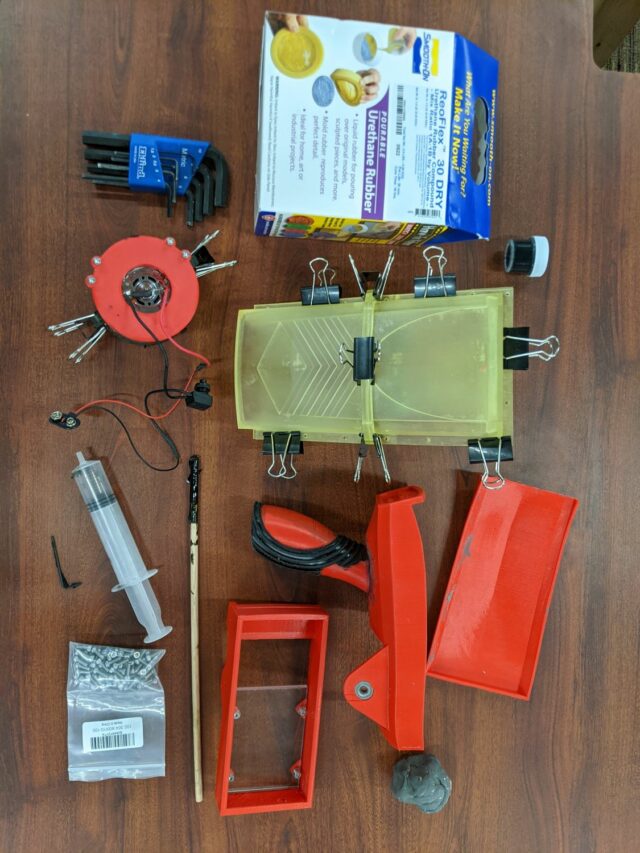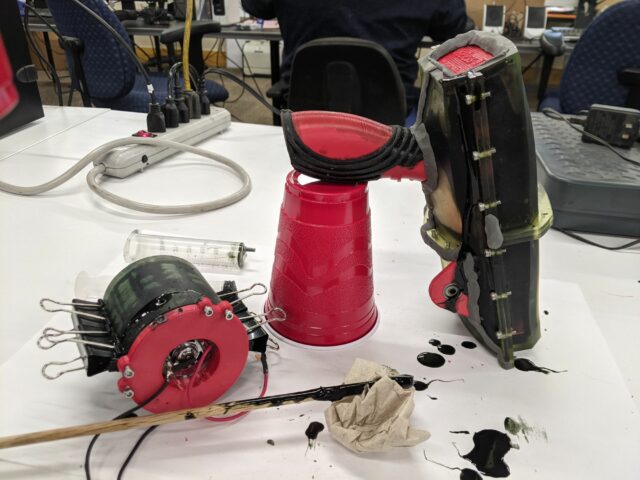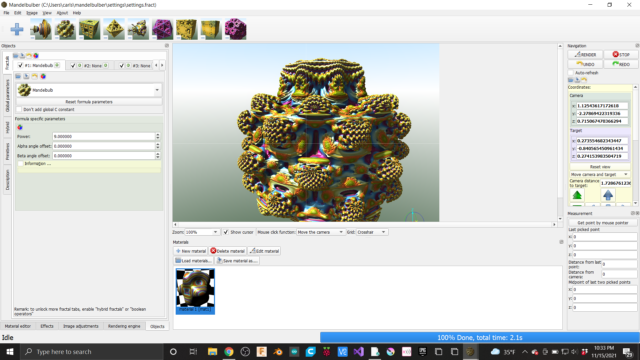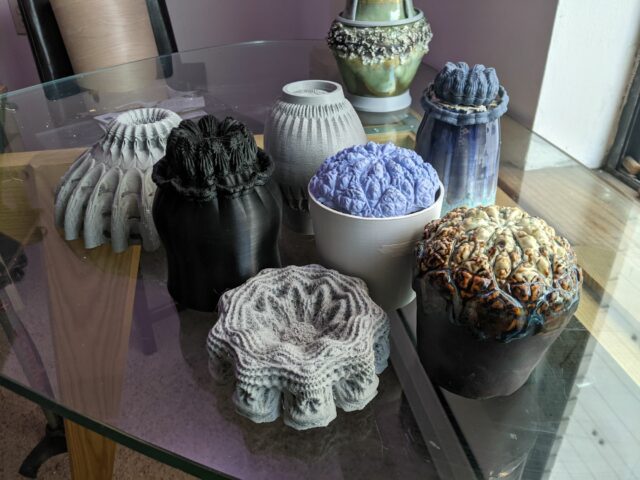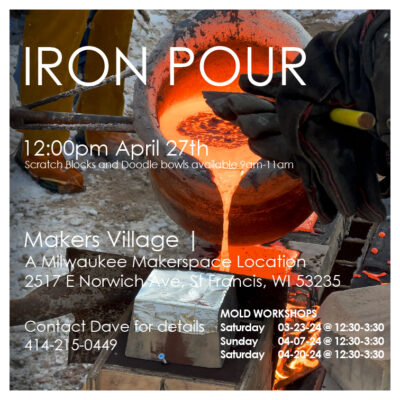
The Casting Area is running another Iron Pour.
This Event will be open to participants, Members and Non-Members.
Please contact Dave directly if you are a Visiting Artist/Non-member and need studio time to make your own artist mold. All non-members must sign the “Iron Casting Waiver” to participate.
Studio Time is to be scheduled in advance. If you plan on bringing a mold or making a mold all weights must be estimated and metal must be broken by said attendee. If you are unable to break iron due to medical reasons please reach out to Dave.
Resin-bonded sand molds are weighed before they get to the pour floor.
Artist Tile and Doodle Bowl Workshops:
Saturday 03-23-24 @ 12:30-3:30
Sunday 04-07-24 @ 12:30-3:30
Saturday 04-20-24 @ 12:30-3:30
Saturday April 27th
We are planning to have the Safety Meeting at noon. If you plan on participating on the pour floor, show up to the safety meeting and sign the waiver, it’s required. Observation will be available from the north side of the pour floor. Observation will only be accessible from Norwich Ave. The proposed Schedule is the following:
8:00am Pour floor setup (leveling and placing molds)
9:00am Scratch blocks & Doodle Bowls available for sale.
10:30am burn-in (preheat furnace with immersion burner forced air and natural gas)
12:00 safety meeting Immediately after the safety meeting, we go on blast.
*Going on Blast – removing immersion burner and attaching Blower to the furnace and entirely running of forced air and Coke Start charging iron/coke as it settles
1:00pm Should have first tap, Tapping every 13 minutes.
4:00pm Drop bottom when all molds are filled – brief clean up.
Sunday, April 28th
10:00am Clean-up and devesting molds:
Clean-up is required if you have an artist mold on the pour floor. All Artist Tiles/Doodle Bowls will be out on display for pickup. No additional payment is required for these items. For Artist Molds, gating and pour cups may be cut off and thrown in the iron pile.
Please weigh your castings and provide payment in the donation bin or via Wild Aprocot bit.ly/3wKtOcS Please Refer to the rates section for pricing https://wiki.milwaukeemakerspace.org/areas/casting/rates
Contact Dave for more information at dave@davidmarnold.com or via cell phone 4142150499
